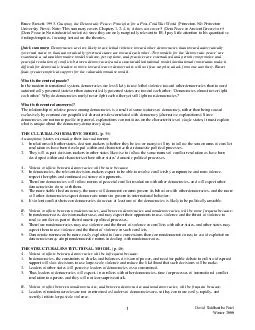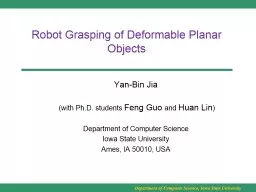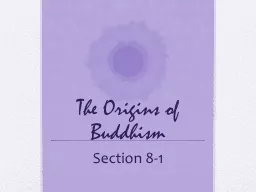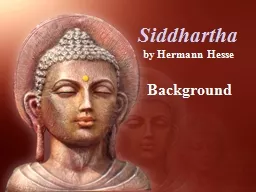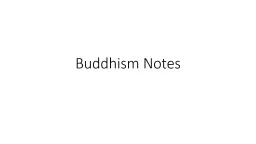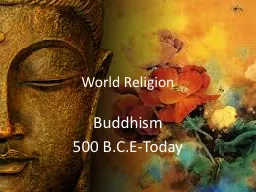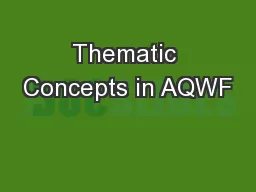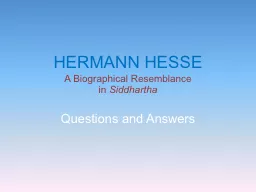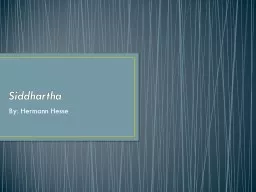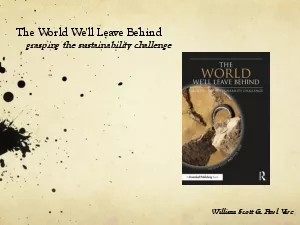PDF-David Siddhartha PatelWinter 2000Bruce Russett. 1993. Grasping the Dem
Author : pamella-moone | Published Date : 2016-03-01
David Siddhartha PatelWinter 2000Leaders of states democracies and nondemocracies in conflict with nondemocracies may initiate violence rather than risksurprise
Presentation Embed Code
Download Presentation
Download Presentation The PPT/PDF document "David Siddhartha PatelWinter 2000Bruce R..." is the property of its rightful owner. Permission is granted to download and print the materials on this website for personal, non-commercial use only, and to display it on your personal computer provided you do not modify the materials and that you retain all copyright notices contained in the materials. By downloading content from our website, you accept the terms of this agreement.
David Siddhartha PatelWinter 2000Bruce Russett. 1993. Grasping the Dem: Transcript
Download Rules Of Document
"David Siddhartha PatelWinter 2000Bruce Russett. 1993. Grasping the Dem"The content belongs to its owner. You may download and print it for personal use, without modification, and keep all copyright notices. By downloading, you agree to these terms.
Related Documents

